It could be argued that the scale of the universe is such that our minds could never comprehend it. In fact, it seems likely that even things here on earth are far beyond what our minds could ever imagine in their prime. This is one of the reasons why people refer to the flood as being like 100 Olympic-sized swimming pools, or the distance something traveled the equivalent of six football pitches. These are all just ways of making something difficult to understand a little more understandable. And when it comes to the incredible power and energy that nature can wield, it’s mind-blowing.
10. Mount St. Helens released 24 megatons of thermal energy
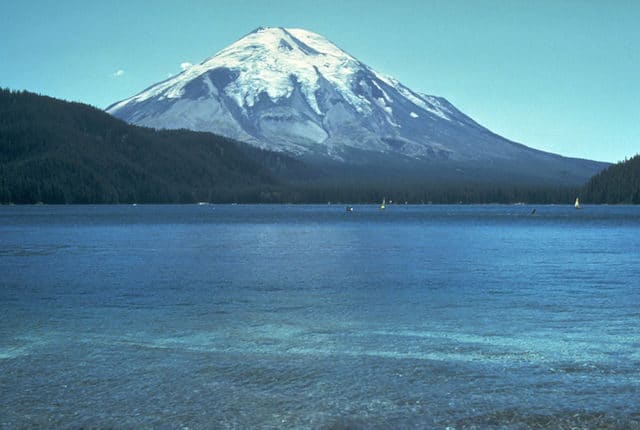
North America is prone to frequent hurricanes and tornadoes, as well as earthquakes. And although these are rare, there are also a number of volcanoes that also erupt from time to time, such as Mount St. Helens in Washington State. When it erupted in 1980, it proved its remarkable power in a terrifying way.
Beginning in March of that year, a series of earthquakes were recorded in the area, and the volcano itself began to bulge outward 450 feet. When it finally erupted on May 18, it released 24 megatons thermal energy, equivalent to 24 million tons of TNT. It emitted 520 million tons of ash and destroyed enough trees to build 300,000 houses with just the first side blast.
9. The conversion of 1 kg of hydrogen into helium releases as much energy as burning 20,000 tons of coal.

The sun is always engaged in a fusion reaction that turns hydrogen into helium, producing light and heat and keeping us all alive. Fusion is a hell of a way to produce energy, and we all hope that one day someone will master it here on Earth because it will make life so much easier. But until then, we have to make do with things like nuclear fission, solar power, and burning good old fossil fuels.
The difference between how fusion works and how coal burns is so absurd that it seems far-fetched when you try to put it on the same scale. By that, we mean the difference in the energy produced when the Sun converts one kilogram of hydrogen into helium, and how much coal we need to burn here on Earth to get the same amount of energy produced.
The reaction of one kilogram of hydrogen turning into helium releases 630 trillion joules , or the same amount you would get from burning 20,000 tons of coal.
During its lifetime the Sun will use up 1.95 x 10 29 kg hydrogen . In one second the sun produces 3.9 x 10 26 watt of energy For comparison, in one second the sun produces more energy than the entire world would use in several hundred thousand years.
8. The energy of a hurricane is 200 times greater than the electricity generating capacity of the entire world.
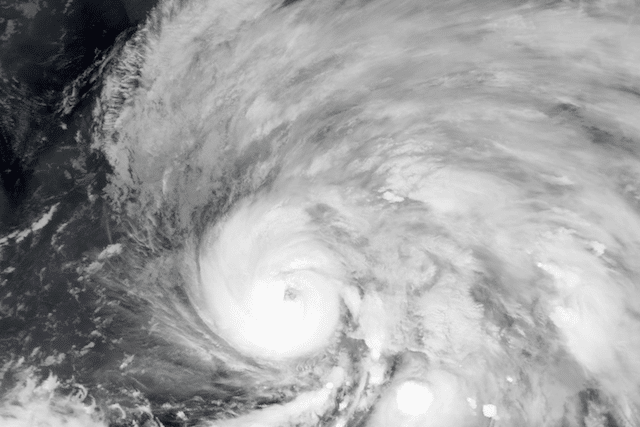
Hurricanes are perhaps the most terrifying force of nature any of us have ever seen. It is hard to believe the destructive potential of a hurricane, and we have all seen evidence of the destruction they can cause. But what is the force behind this terrifying force? The scale is enormous and really puts things into perspective for you.
From the moment a hurricane is born through its cycle of destruction until its final demise, it will release as much energy as 10,000 nuclear weapons . In other words, all this energy, including the formation of clouds and rain, is approximately 200 times exceeds the amount of electricity generated on the entire planet. That's just one hurricane. We average about six storms a year , with several other storms falling short of hurricane status.
7. Krakatoa exploded with the force of 10,000 atomic bombs

In 1883, a volcano on the island of Krakatoa exploded and produced the loudest sound in the history of the world. It is estimated to have reached 310 decibels , so loud that it managed to circle the planet 4 times. The sound was 172 decibels 100 miles away A jet engine will hit you with 150 decibels if you stand next to it.
When it erupted, it exploded with the force of 200 megatons of TNT. 10,000 times more powerful than the bomb dropped on Hiroshima. More than 36,000 people are believed to have been killed.
6. 1 kg of uranium-235 produces 3 million times more heat than 1 kg of coal.
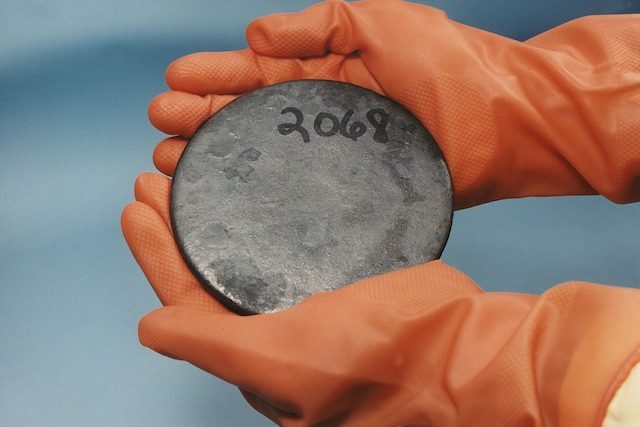
People have long debated the merits of nuclear power over something like traditional coal burning. Nuclear power comes with its own set of dangers, including the possibility of meltdowns and the problem of nuclear waste. Coal burning is polluting and, as we'll see in a moment, woefully inefficient in comparison.
If you had one kilogram of uranium-235, you could produce 24,000,000 kWh heat. For comparison, from the same weight of coal you get 8 kWh. So uranium has about three million times more energy than the same amount of coal. One uranium fuel pellet is equivalent to one ton coal.
5. Tsunamis can produce enough energy to power large cities or even entire countries for several days.
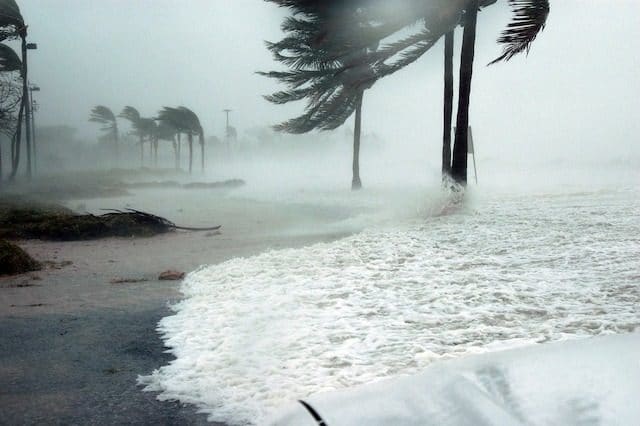
There have been several devastating tsunamis in the last few decades. In 2011, Japan was hit by a tsunami with an energy of three petajoules . That was enough to feed New York City for a week. But even that pales in comparison to just seven years ago.
In 2004, an undersea earthquake triggered a tsunami in the Indian Ocean the day after Christmas. The tsunami was estimated to be equivalent to 0.8 gigatons of TNT. In practical terms, that's as much energy as the entire United States of America would produce. use in 11 days , and is 3.35 exajoules. What is an exajoule? It is one quintillion joules.
One calorie of food produces 4184 J of energy. A Big Mac contains 550 calories . This means that a Big Mac is equivalent to 2,301,200 joules. Divided into the exajoules of the tsunami, it produced the energy equivalent of just under 1.46 trillion of them. That's a lot of Big Macs.
4. Climate change adds energy equivalent to exploding thousands of nuclear warheads per day.
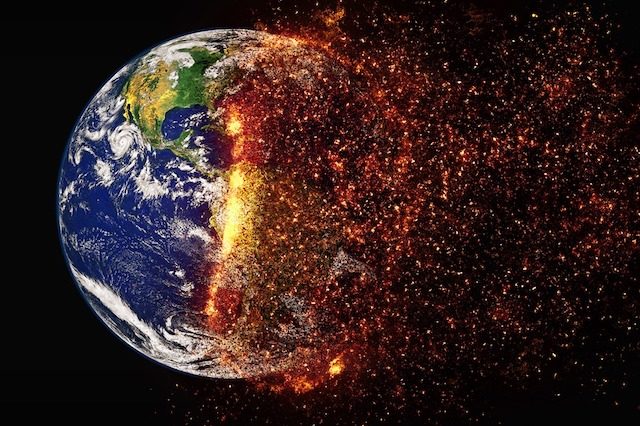
These days, everyone knows about climate change, and most people who still want to argue about it take the man-versus-nature approach. That is, even critics agree that the earth is getting warmer, they just disagree on why. But if we all agree that the earth is warming, how much energy is the earth absorbing to do so?
Heat is energy, so the energy needed to warm the entire planet is no small feat. Scientists studying global temperature trends have tried to put this into perspective in a rather dramatic way.
Between 2005 and 2019, scientists compared the Earth's energy imbalance. This compares the amount of energy we absorb with how much we can emit. The imbalance doubled over that time period, with the amount of extra energy absorbed by the Earth reaching four explosions in Hiroshima, occurring every second. That's actually slightly better than NASA climate scientists' 2012 estimate that it was equivalent to 400,000 Hiroshimas per day, but not by much.
3. A magnitude 9 earthquake releases 90 times more energy than the one in the United States.

Like any natural disaster, an earthquake packs a serious punch. The seismic intensity of an earthquake is usually related using the Richter scale, but saying that an earthquake measures a four on that scale doesn't really mean much. Fortunately, we can make some equivalences.
If an earthquake actually registered 4 on the Richter scale, you would consider it quite weak, more or less. It releases energy equivalent to 1 kiloton of TNT . Sounds like a lot, right? That's about 1,162 megawatt hours or energy. If the average U.S. household uses 10,715 kWh per year, a 4.0 magnitude earthquake could power 108 American homes for a year. But that's just a moderate earthquake. Let's up the scale to a major earthquake.
A magnitude 9.0 earthquake is rare. It's a major earthquake, and they happen every few years, if not decades. They would release energy equivalent to an explosion, according to the U.S. Geological Survey. 32,000 megatons of TNT . It turns out 1 338 880 000 000 gigajoules. Transform this in MwH and you get 371,911,111,111.11. The US produces 4,095,487,406 MWh electricity. Thus, a magnitude 9.0 earthquake generated power equivalent to 90 times the annual electricity production capacity of the United States.
2. The meteor that killed the dinosaurs was more powerful than the world's nuclear arsenal.

Every day we go about our business knowing in the back of our minds that a meteor could hit Earth and wipe us all out in a matter of moments. It's unlikely or anything, but it's happened before, so it could definitely happen again someday. And that means the meteor would have to be pretty powerful when it lands. We can look at recent ones to get an idea of how powerful they could be.
In 2013, a meteorite lit up the Russian sky over Chelyabinsk. The 11,000-ton rock flew through the air at a speed of 42,000 miles per hour, creating a shock wave that destroyed 4,000 buildings. It released energy that 30 times exceeding power bomb that exploded in Hiroshima. Powerful stuff. But as you may have noticed, the world didn't end.
If we go back in time, the most famous meteor in history is the one usually associated with the extinction of the dinosaurs. It was clearly more powerful than Chelyabinsk, and the scale of that power was astounding.
Research has calculated that the power of this particular explosion was equal to 10 billion bombs dropped during World War II. Enough to incinerate life thousands of miles away and blanket the earth in a cloud that wiped out 75% all life.
1. A supernova produces more energy than you can imagine.
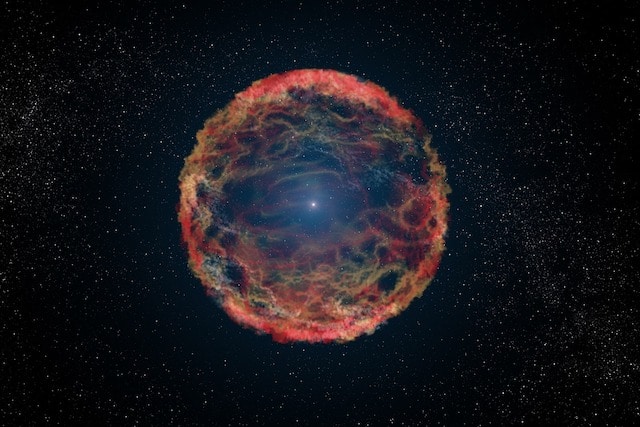
Let's leave Earth for a moment, because as mighty as nature is, the universe as a whole puts our tiny blue dot to shame. Let's go into the vastness of the great beyond, to a star that is thrashing about in its death throes. Supernova .
As far as we know, this is the biggest explosion that can exist. And they can get big. So big that our attempts to make it sound understandable so far are, frankly, laughable. But at least it will offer some perspective.
The energy released during a supernova explosion can be about 10 44 J. Thus, this one event will release as much energy as the exploding star released in the previous 10 billion years its existence. Imagine our sun burning as hot and bright as it has for 10 billion years. We have already discussed that every second it produces all the energy that the Earth could use for hundreds of thousands of years. All of this has been released over and over again in supernova explosions for 10 billion years.
It's still very crazy and very hard to understand, so we can break it down further. In 2015, scientists observed one particular supernova. The dying star, called ASSASN-15lh, was in 580 billion times brighter of our sun. It produced an explosion that was a billion trillion times more powerful than the Tsar Bomba, the largest nuclear weapon ever tested. It was 30 times brighter than the entire Milky Way galaxy, in which it is located. 100 billion stars.














Оставить Комментарий